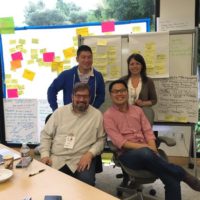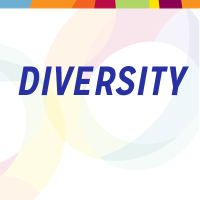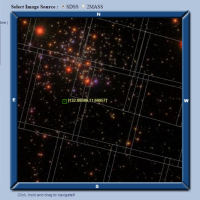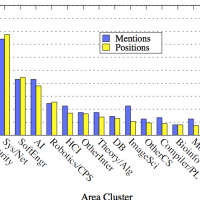
Collaborative Research as the Key to Advancing AI
Just about every day we learn about a new application of cognitive computing. From predicting schizophrenia to analyzing Wimbledon fan experiences, cognitive computing and artificial intelligence have arrived and are making a measurable difference in our daily lives. But with all the excitement around real-world applications of this powerful technology, it is easy to forget that the Cognitive Era, as we call it at IBM, is still in its infancy. And there is a tremendous amount of work yet to be done. Collaborating with leading minds around the world is the key to fulfilling the true potential of cognitive computing. And that’s why IBM formed the Cognitive Horizons Network (CHN), a network of the world’s leading universities committed to working with IBM to accelerate the development of core technologies needed to advance the promise of cognitive computing.
















